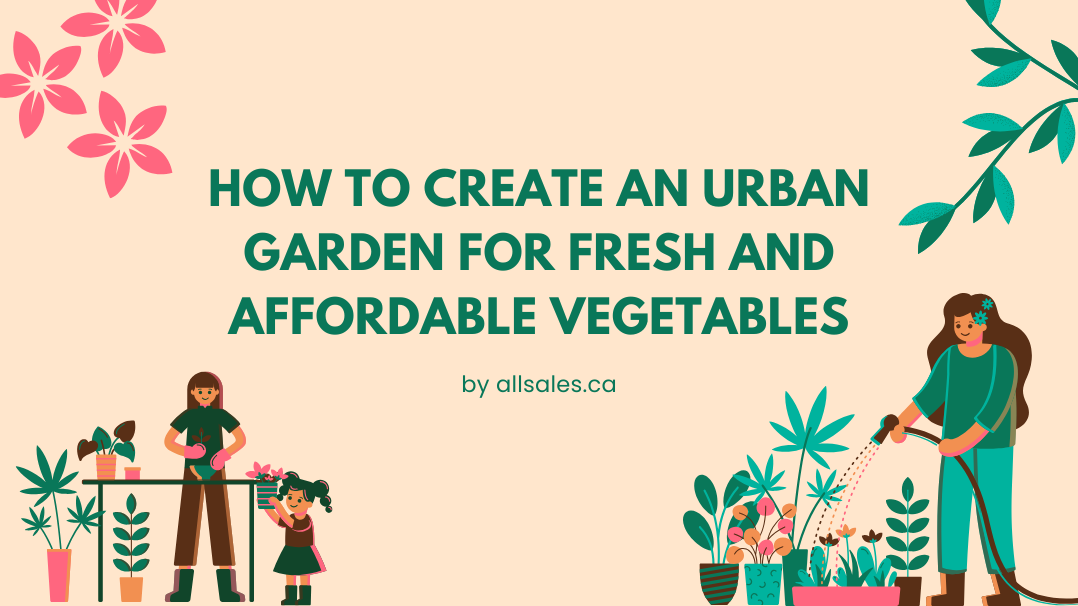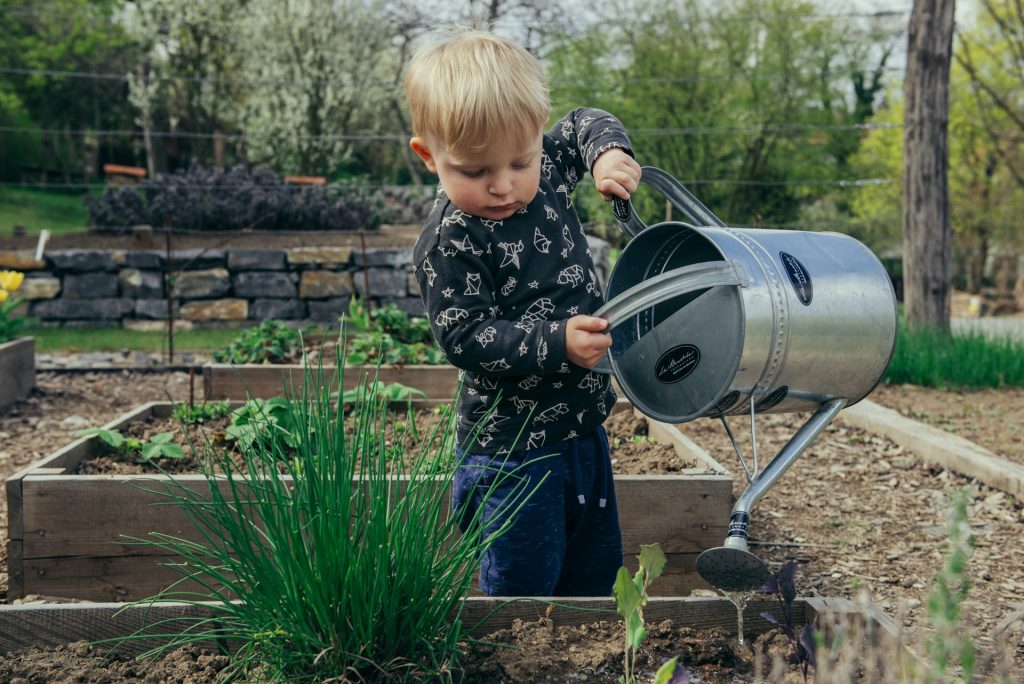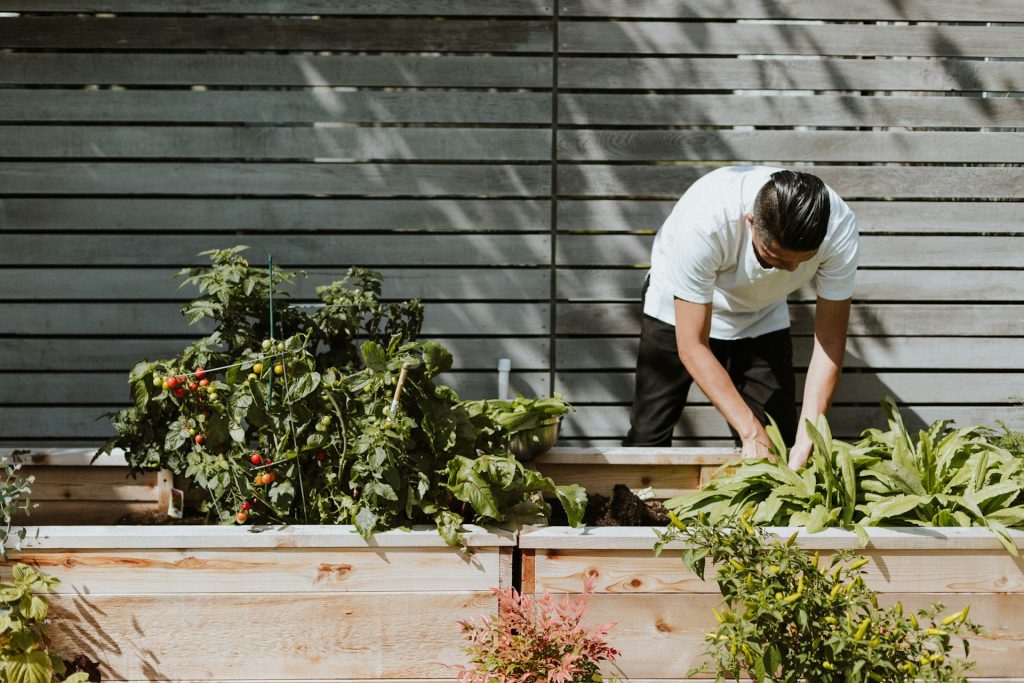


In a time when food prices keep rising and the desire to eat locally and healthily grows stronger, starting an urban garden is both a practical and eco-friendly solution. Whether you have a balcony, a terrace, or simply a windowsill, it’s entirely possible to grow your own vegetables in the city.
Here’s a step-by-step guide to help you create your green space and enjoy fresh produce while saving money.
An urban garden is more than just a green trend. It meets several practical needs:
Lower grocery bills: Growing your own tomatoes, lettuce, herbs, or peppers significantly reduces food expenses.
Healthier eating: You control what goes into your soil and onto your plants.
Mental well-being: Gardening relieves stress and encourages mindfulness.
Environmental contribution: Less transportation, less packaging, more sustainability.

First, observe your environment:
Balcony or terrace: Ideal for placing pots and planters.
Windowsill: Perfect for herbs and small vegetables.
Wall or fence: Great for vertical solutions to maximize space.
Even a sunny spot in your kitchen can support simple crops!
Pick containers that fit your space and plant needs. Here are some options:
Grow boxes or deep planters for tomatoes, peppers, carrots.
Hanging pots for strawberries or herbs.
Vertical gardens using fabric pockets or recycled pallets.
Upcycled bottles or cans for an eco-friendly DIY touch.
Make sure each container has drainage holes to prevent water buildup.
Here are some easy-to-grow veggies and herbs suited for urban spaces:
Lettuce: Quick to grow and harvest continuously.
Radishes: Great for beginners.
Cherry tomatoes: Productive, even in pots.
Spinach and kale: Nutrient-packed and compact.
Herbs: Basil, mint, chives, cilantro.
Look for dwarf or compact varieties designed for small spaces.

Use a light potting mix enriched with compost—either homemade or store-bought. Healthy, living soil is key to plant success. Add mulch to retain moisture and suppress weeds.
Most vegetables need 6 to 8 hours of sunlight per day. Track the sun’s path to place your containers in the best spots.
Water regularly, especially in hot weather. Watering in the morning or evening helps reduce evaporation. Consider simple solutions like inverted bottles or clay pots (oyas) for self-watering.
Check your plants regularly: remove yellow leaves, support fragile stems, and watch for pests. Harvesting often encourages more growth—and brings joy to your meals!
Save seeds from some vegetables (like peppers, tomatoes, or squash) to replant later. You can also regrow veggies from scraps like green onions, celery, or lettuce.
Starting an urban garden is a beautiful way to reconnect with nature—even in the heart of the city. It’s rewarding, educational, economical, and deliciously useful. Start small, have fun, and you’ll be amazed how a few plants can transform your daily life!
